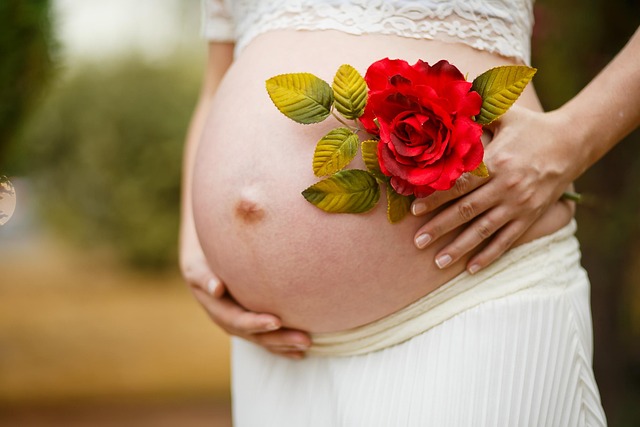Building a family on your own terms is all about empowering yourself with fertility preservation options. Think about it: the egg holds incredible potential. It’s not just about creating a new life; it’s about forming connections that bridge generations—linking mothers to their children and weaving new threads into the fabric of our communities.
What Makes the Egg So Special?
It’s the only human cell capable of accepting DNA from another person, specifically a male, and merging that genetic material into a new embryo. This unique ability allows for the beginnings of pregnancy and family life. However, the reality is that the number of eggs a woman has begins to decline from birth, and by the time she reaches her 30s, around 90% of those eggs are gone. This decline continues until menopause, which occurs around age 51 in the U.S.
As women age, not only do they have fewer eggs, but the quality of those eggs also diminishes. This can lead to complications in conceiving, higher rates of miscarriage, and increased risks of genetic conditions like Down syndrome. It’s a tough reality, but there’s good news! In 2012, the American Society for Reproductive Medicine (ASRM) acknowledged egg freezing as a viable option for preserving fertility. Since then, many women have successfully given birth using frozen eggs, with no significant increase in pregnancy complications or birth defects.
Understanding Ovarian Reserve
If you’re considering fertility preservation, understanding ovarian reserve is key. Tests like ultrasound and AMH blood tests can provide insights into your egg count. While predicting egg quality is more complex (there are no definitive tests), age and family history can give some guidance. Interestingly, women whose mothers conceived easily often find it easier to conceive as well.
Advancements in Egg Freezing
Egg freezing has evolved from older methods to the more advanced vitrification technique. This newer method helps maintain the integrity of the eggs by preventing ice crystal formation during the freezing process. As a result, survival and fertilization rates for vitrified eggs can reach 80-85%! However, keep in mind that the chances of pregnancy vary by age and can decrease significantly as you get older.
Embryo Freezing vs. Egg Freezing
For those looking for a high success rate, embryo freezing is often a better option than egg freezing. A chromosomally normal embryo can yield pregnancy rates between 50-70%, which is significantly higher than that of frozen eggs. Just remember, if you choose to freeze embryos, the decision on sperm must be made at that time.
Reassurance for Prospective Parents
Research has shown that children born from vitrified eggs do not have increased risks for genetic abnormalities, providing reassurance to prospective parents. In fact, studies indicate comparable pregnancy rates between fresh and frozen oocytes, making this an increasingly popular choice.
Further Reading
If you want to dive deeper into related topics, check out our blog post on fertility reflexology and acupuncture. And if you’re considering the practical side of insemination, this resource on at-home insemination kits might be helpful.
Conclusion
In summary, fertility preservation is about taking control of your reproductive future. With the right knowledge and options, you can build the family you desire, when and how you want.

